| Structure | Name/CAS No. | Articles |
|---|---|---|
 |
Dichloromethane
CAS:75-09-2 |
|
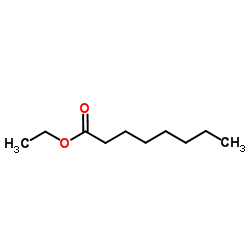 |
Ethyl caprylate
CAS:106-32-1 |
|
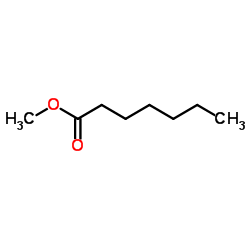 |
Methyl heptanoate
CAS:106-73-0 |
|
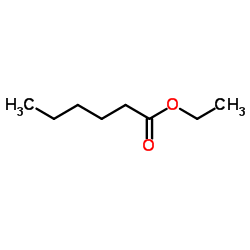 |
Ethyl hexanoate
CAS:123-66-0 |
|
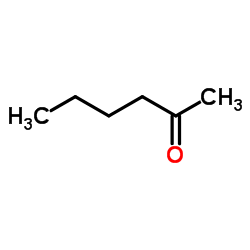 |
2-Hexanone
CAS:591-78-6 |
|
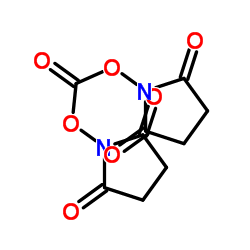 |
N,N'-Disuccinimidyl carbonate
CAS:74124-79-1 |